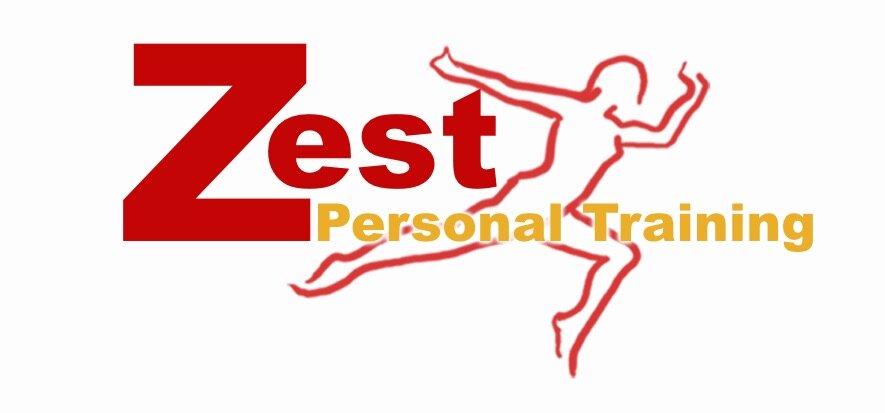Training and Mental Health
Mental health is gaining greater recognition and support in the community with 1 in 5 Australians suffering from mental illness each year and 45% of all Australians experiencing this in their lifetime, according to research done by the Black Dog Institute. Depression, anxiety and substance abuse are the most common mental illnesses and are often combined. Of the 20% of Australians suffering from mental illness each year, less than half seek medical support.
Exercise has been shown to reduce anxiety, depression and negative moods and can be as effective as psychological or pharmaceutical therapies for the treatment of depression*. Exercise helps by increasing serotonin levels, a hormone that helps your brain to regulate mood, appetite and sleep patterns. It also can divert your attention from the things that you are anxious about. The movement of your body during exercise can decrease muscle tension which will lower the body’s contribution to anxious feelings. Participating in an exercise program can improve physical health and improve self-confidence/self-worth.
A 10-minute brisk walk will increase mental alertness, energy and mood. The recommendations by a recent systematic review** of exercise for the treatment of depression recommended 30-40 minutes of low to moderate exercise, 3-4 times per week to be beneficial for people with depression. Joining a training facility and participating in supervised exercise by a qualified personal trainer will enable you to develop the skills and knowledge to care for your body and mind using exercise, for the rest of your life.
The team at Zest Personal Training would like to assist you on this journey.
*Cooney, G.M., Dwan, K., Greig, C.A., Lawlor, D.A., Rimer, J., Saugh, F.R., Mead, G.E. (2013). Exercise for depression. Cochrane Database of Systematic Reviews, 9, CD004366
**Stanton, R., & Reaburn, P. (2013). Exercise and the Treatment of Depression: A Review of the Exercise Program Variables. Journal of Science and Medicine in Sport, 17(2), 117-182
